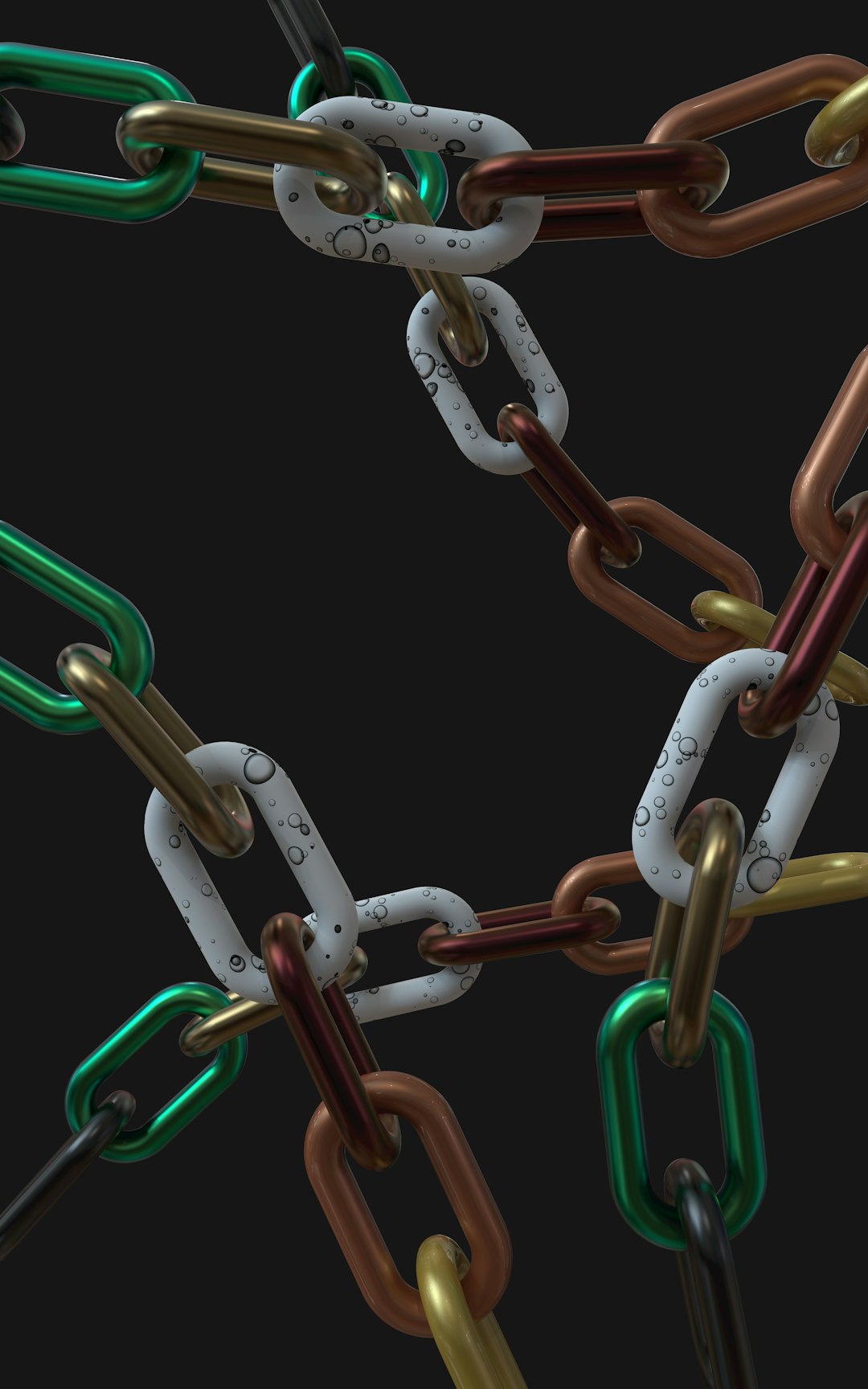
In the continuously evolving landscape of search engine optimization (SEO), understanding the balance between external and internal linking has become increasingly critical. As we move through 2025, website owners and digital marketers are seeing the impact that link distribution strategies have on website authority, visibility, and user experience. The ideal ratio of external to internal links is no longer a one-size-fits-all number. Instead, it’s becoming a refined balance that factors in user intent, page relevance, domain authority, and overall linking strategy.
Understanding Internal and External Links
Before analyzing the ideal ratios and how they apply in 2025, it’s important to understand what constitutes an internal versus an external link.
- Internal Links: These direct users and search engines to other pages within the same domain. For example, linking from a homepage to a blog post on the same site.
- External Links: These point to content on a different domain. Linking to a reputable source like Wikipedia or a relevant partner’s website would be considered an external link.
Both types of links play distinct roles and offer unique SEO benefits. While internal links keep users engaged within your site and assist search engines in crawling pages, external links can enhance credibility, prove authenticity, and even contribute to semantic SEO.
Why Link Ratios Matter in 2025
Historically, SEO experts focused heavily on acquiring backlinks — inbound external links. However, the conversation has shifted. As Google’s algorithms become more sophisticated, they assess linking structures and patterns more holistically. A page with poor internal linking may not get indexed appropriately, while ones overloaded with external links may appear spammy or lack focus.
In 2025, the emphasis is on building a harmonious link ecosystem that serves both user experience and search engines’ need for contextual relevance. Google’s emphasis on E-E-A-T (Experience, Expertise, Authoritativeness, and Trustworthiness) has further boosted the importance of high-quality linking strategies — both internal and external.

Best Practices for External to Internal Linking Ratios
The idea of a “perfect” link ratio is not universal. However, after analyzing thousands of high-performing websites in 2025, a few patterns emerge.
1. The 1:3 to 1:5 Ratio Trend
Many successful marketers are finding that a ratio of one external link to every three to five internal links strikes the best balance. This ratio ensures that you’re providing users with credible third-party resources while also promoting your own site’s hierarchy and content depth.
2. Context is Key
Linking should be contextual and not forced. Prioritize user value over artificial balancing. For example, a scientific article may require more external citations compared to a product launch page, which should mostly link internally.
3. Avoid Over-Linking
Google has made it clear that excessive linking—especially when irrelevant—can harm SEO. Most experts recommend keeping total links on a page under 100 for optimal crawl efficiency and user readability.
How Link Ratios Affect SEO Performance
Analysis tools in 2025 like Semrush, Ahrefs, and Google Search Console provide deep insights into how link structures affect visibility. Internal links boost content discoverability and aid in distributing link equity across the domain. On the other hand, authoritative external links validate your content.
Too many internal links and you risk being too self-contained — limiting discovery and cross-domain relationships. Too few and your site architecture becomes fragmented. Similarly, an overload of external links may distract users and risk appearing spam-like to search engines.
Maintaining a strategic ratio helps in:
- Enhancing crawlability — Internal links guide bots through your website more efficiently.
- Establishing topic clusters — Internal links create semantic relevance across related pages.
- Boosting credibility — Quality external links add authority and validation.
Dynamic Linking Strategies for 2025
Static link structures are a thing of the past. Websites in 2025 must adapt to user behavior via dynamic content and updated links, especially for long-tail or evergreen content.

Popular strategies include:
- Content Hubs: Central pages that link to multiple sub-topic pages (pillar-cluster model).
- Smart Widgets: Dynamic internal linking widgets that update according to trending content or user location.
- Real-Time Relevance: AI-powered content managers adjusting link strategies based on real-time data and CTRs (Click-through Rates).
Moreover, platforms like WordPress and Wix have introduced enhanced plugins and AI tools that evaluate and suggest linking improvements instantly, ensuring your content remains optimized throughout its lifecycle.
Industry-Specific Link Ratio Considerations
The ideal ratio may vary drastically depending on the industry. For example:
- Finance & Law: More external links to authoritative sources such as government or educational sites are necessary to establish trust.
- eCommerce: Emphasis on guiding the user flow through CTAs and product categories, hence more internal linking is essential.
- Health & Wellness Blogs: Benefit from balanced linking, with external links to scientific studies and internal links to condition-specific articles or product recommendations.
Conclusion: Balancing for Both Bots and Humans
In 2025, the external to internal linking ratio is more than an SEO technicality—it’s a strategic decision with profound influence on both discoverability and credibility. While there’s no universal perfect ratio, successful websites craft link structures that naturally guide their audience, leverage trustworthy external sources, and maintain cohesive internal navigation.
Ultimately, SEO is as much about improving user experience as it is about pleasing search engines. By continuously monitoring link performance, utilizing SEO tools, and aligning link structures with content goals, digital marketers can stay ahead in this competitive landscape.
Frequently Asked Questions (FAQ)
-
What is the ideal external to internal linking ratio in 2025?
While there’s no strict rule, many expert sources suggest a 1:3 to 1:5 ratio — one external link for every three to five internal links — tailored to page intent. -
Can too many external links hurt SEO?
Yes. Overuse of external links can make a page appear spammy, distract users, and dilute page authority. -
Do internal links still impact rankings in 2025?
Absolutely. Internal links help distribute link equity, improve crawlability, and define site structure — all are critical ranking factors. -
Should all blog posts link to external sources?
Not necessarily. Only link externally when it adds value, supports credibility, or enhances user understanding. -
How often should linking strategies be reviewed?
At least quarterly. With dynamic content and changing algorithms, staying proactive ensures long-term success.





